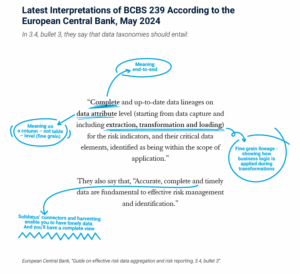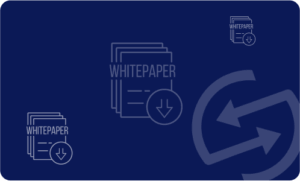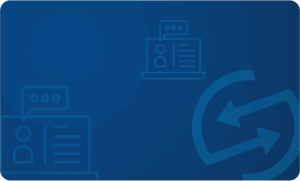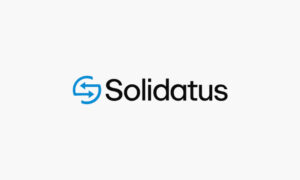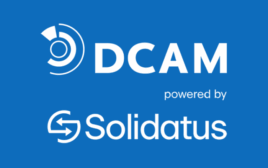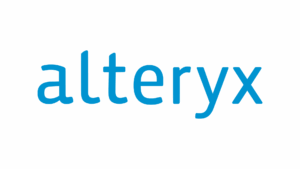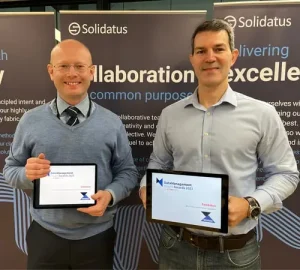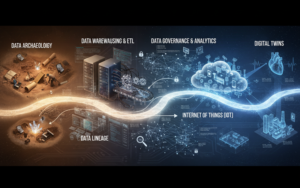Data Flows and Data Mapping
What is data mapping?
In data lineage, data mapping is the specific process of linking data fields from one data source to others.
What are data flows?
Data flows highlight the movement of data from one system to another or from one system into a report or other business use case and show direction from source to target.
Data flows vs. data lineage: What’s the difference?
Data lineage represents the journey of data as it travels from source to destination. This journey encompasses the entire lifecycle of data, detailing where it enters a business, how data flows through various processes and systems, how that data is subsequently transformed – through calculations and formulas for example – and where it is then used in critical ways in the business, such as for decision making, reporting, AI, regulatory compliance and much more. Data flows highlight a specific part of this lineage – the movement of data from one system to another or from one system into a report or other business use case and show direction from source to target.
More FAQ Topics
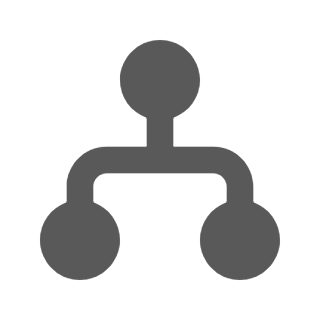
Data Risk Management
Data risks for AI relate to regulatory requirements, responsible AI use, and the ability for users to trust the outputs of AI models

Data Migration
A data migration process involves selecting, preparing, extracting, and changing data in order to permanently move it from one software system to another

Data Mesh and Data Fabric
Data mesh is a methodology of managing data, whereby instead of one central data control unit or team, data management is decentralized in an organization

Data Management
Data management is the process of collecting, keeping, and using data in a cost-effective, secure, and efficient manner

Metadata Management
Metadata management helps standardize a common language and description of data, using a set of policies, actions and software to gather, organize, and maintain it.

Data Transformation
Data integration tools allow data to flow between different technologies. One of the problems of using a data integration tool is that it might not capture the data flow – and lineage or any transformation that is happening when data moves from one technology to another.

Data Tracing
Data tracing refers to being able to trace back from a critical business use case, such as an annual report or compliance requirement, to see the source, journey and changes of data that impact these use cases.

Solidatus Integrations and Solutions
A Solidatus Integration enables Solidatus to ingest detailed information (metadata, lineage, transformations, etc) from external systems into structured models.

Types of Data Lineage
Column-level lineage is a form of lineage that goes to the level of detail of tracing the flow of data through your organization at the column level of a system – as opposed to only the table level.

























